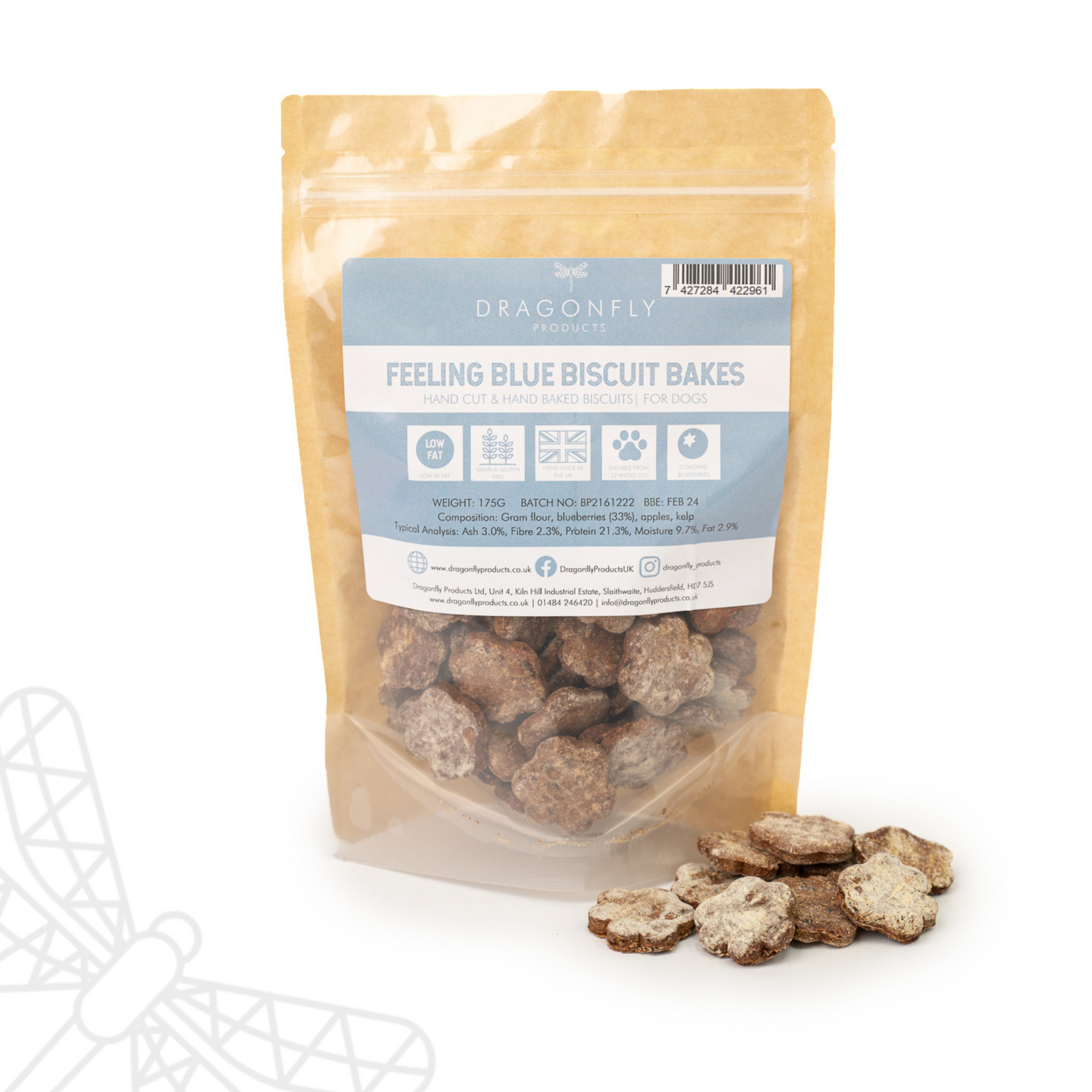
Can I put Sudocrem on my dog?
Sudocrem is a popular over-the-counter antiseptic healing cream primarily used to treat various skin conditions in humans, such as nappy rash, minor burns, eczema, and acne. Its main ingredients include zinc oxide, which provides a protective barrier to the skin, as well as benzyl alcohol and benzyl benzoate, which have antiseptic properties.
As Sudocrem is a manufactured products for humans, we prefer to use natural alternatives when it comes to our canine’s skin but we look at the pros and cons of reaching for this first aid box staple.
Table of Contents
- Is Sudocrem safe to use on my dog's skin?
- Can Sudocrem be used to treat specific skin conditions in dogs, such as hot spots or minor cuts?
- How should Sudocrem be applied to my dog's skin?
- Are there any potential side effects or allergic reactions my dog might experience from Sudocrem?
- Are there any alternative products specifically formulated for dogs that might be more effective or safer than Sudocrem for treating skin issues?
Is Sudocrem safe to use on my dog's skin?
Yes, Sudocrem can be used on dogs in small quantities, but moderation is key. A dog's skin can harbour bacteria, leading to various issues ranging from minor irritation to severe infections. Sudocrem serves as an effective antibacterial ointment, aiding in the healing of skin infections or irritations while also preventing the development of new ones by eliminating the bacteria responsible for them. However, it's important to apply Sudocrem sparingly rather than slather on a thick layer.
Can Sudocrem be used to treat specific skin conditions in dogs, such as hot spots or minor cuts?
Yes, Sudocrem can be used to treat specific skin conditions in dogs, including but not limited to:
-
Hot spots (acute moist dermatitis): Sudocrem's antibacterial properties can help soothe and heal hot spots, which are areas of inflamed and infected skin.
- Minor cuts and abrasions: Sudocrem can aid in the healing process of minor cuts and abrasions by providing a protective barrier and promoting tissue repair.
- Dermatitis and eczema: Sudocrem's anti-inflammatory and soothing properties may help alleviate symptoms of dermatitis and eczema in dogs.
- Skin irritations: Sudocrem can be used to soothe various skin irritations, such as itching, redness, and rashes, providing relief to affected areas.
- Minor burns: Sudocrem's cooling effect and protective barrier can assist in the healing of minor burns in dogs by reducing pain and preventing infection.
How should Sudocrem be applied to my dog's skin?
To apply Sudocrem to your dog's skin, follow these steps:
- Clean the affected area: Use a mild, pet-safe cleanser to gently clean the skin around the affected area. Pat the area dry with a clean towel.
- Take a small amount of Sudocrem: Using clean hands or a disposable glove, take a small amount of Sudocrem from the tub. It's important not to double dip to avoid contamination.
- Apply a thin layer: Using your fingertips or a cotton swab, gently apply a thin layer of Sudocrem to the affected area. Ensure that the cream covers the entire affected area evenly.
- Massage gently: Gently massage the Sudocrem into your dog's skin using circular motions. This helps the cream to penetrate the skin and provide maximum benefit.
- Monitor your dog: Keep an eye on your dog to ensure they don't lick or ingest the Sudocrem. You may need to use a cone collar or other deterrent to prevent licking.
- Repeat as necessary: Depending on the severity of the condition, you may need to reapply Sudocrem once or twice a day.
- Wash your hands: After applying Sudocrem to your dog, wash your hands thoroughly with soap and water to avoid transferring any residue to yourself or others.
Are there any potential side effects or allergic reactions my dog might experience from Sudocrem?
While Sudocrem is generally safe for use on dogs, there is a possibility of side effects or allergic reactions, especially if your dog is sensitive to any of its ingredients.
- Skin irritation: In some cases, Sudocrem may cause mild irritation or redness at the application site. This can occur if your dog is allergic to any of the ingredients in the cream or if the cream is applied too frequently or in excessive amounts.
- Contact dermatitis: Dogs with sensitive skin may develop contact dermatitis, which is characterised by redness, itching, and inflammation of the skin. This can occur if your dog comes into contact with Sudocrem and has an allergic reaction to it.
- Gastrointestinal upset: If your dog ingests Sudocrem by licking it off their skin, they may experience gastrointestinal upset, such as vomiting or diarrhoea. This is more likely to occur if your dog consumes a large amount of Sudocrem.
- Respiratory issues: In rare cases, dogs may develop respiratory issues if they inhale Sudocrem fumes or particles while it is being applied. This can lead to coughing, wheezing, or difficulty breathing.
If you notice any adverse reactions or side effects after applying Sudocrem to your dog, such as increased redness, swelling, or discomfort, discontinue use immediately and consult your veterinarian.
Are there any alternative products specifically formulated for dogs that might be more effective or safer than Sudocrem for treating skin issues?
Yes, there are several natural products specifically formulated for dogs that can be effective and safer alternatives to Sudocrem for treating various skin issues which would always be our preference for canine skin conditions.
- Colloidal Silver: Colloidal silver liquid or cream offers has natural antibacterial and antifungal properties that combats infections like hot spots and yeast dermatitis. It's also has anti-inflammatory effects, aiding in reducing irritation from conditions such as dermatitis or allergies, and promoting wound healing by accelerating tissue repair.
- Coconut oil: Coconut oil has natural antibacterial, antifungal, and moisturising properties, making it beneficial for treating dry skin, hot spots, and minor irritations in dogs.
- Aloe vera: Aloe vera gel can soothe and moisturise irritated skin in dogs, helping to reduce inflammation and promote healing. Look for pure, organic aloe vera gel without added chemicals or fragrances.
- Calendula cream: Calendula cream, made from the calendula plant, is known for its anti-inflammatory and wound-healing properties. It can be used to soothe and heal minor cuts, scrapes, and skin irritations in dogs.
- Witch hazel: Witch hazel is a natural astringent that can help reduce inflammation and soothe itchy or irritated skin in dogs. It can be applied topically to affected areas using a cotton ball or pad.
- Manuka honey: Manuka honey has antimicrobial and wound-healing properties, making it useful for treating minor cuts, burns, and skin infections in dogs. It can be applied directly to the affected area or mixed with other natural ingredients to create a healing balm.
For any further help and advice please contact us on 01484 246420 and why not join our social media channels and online community on Instagram, Facebook or YouTube.
With Wags and Woofs,
Laura, Dolly & Reggie



